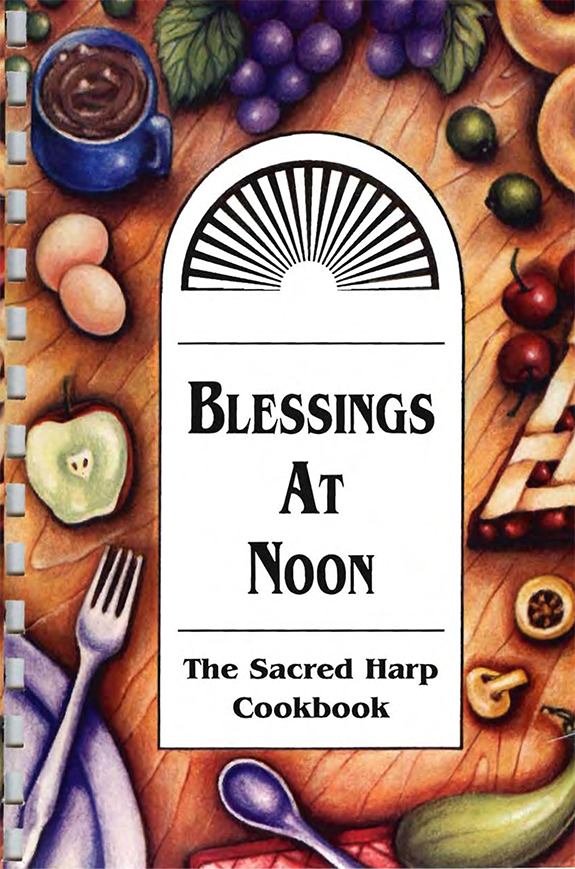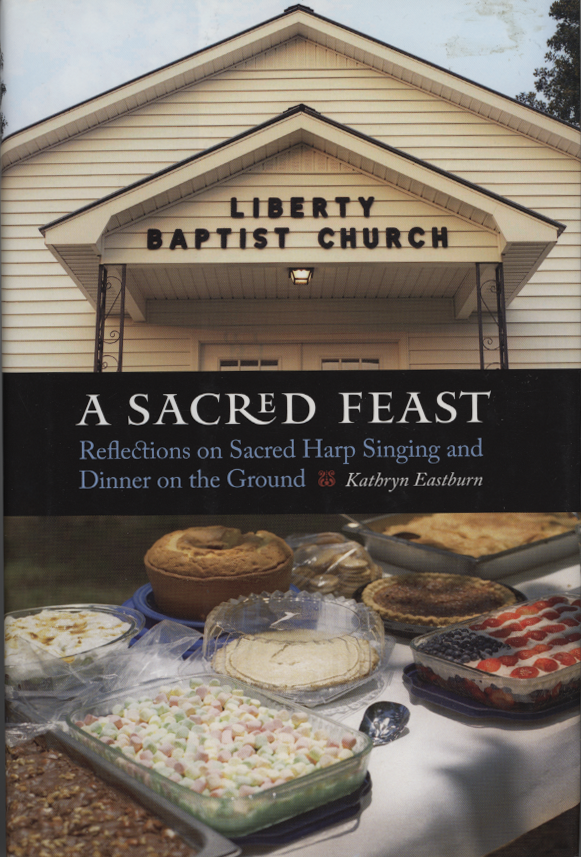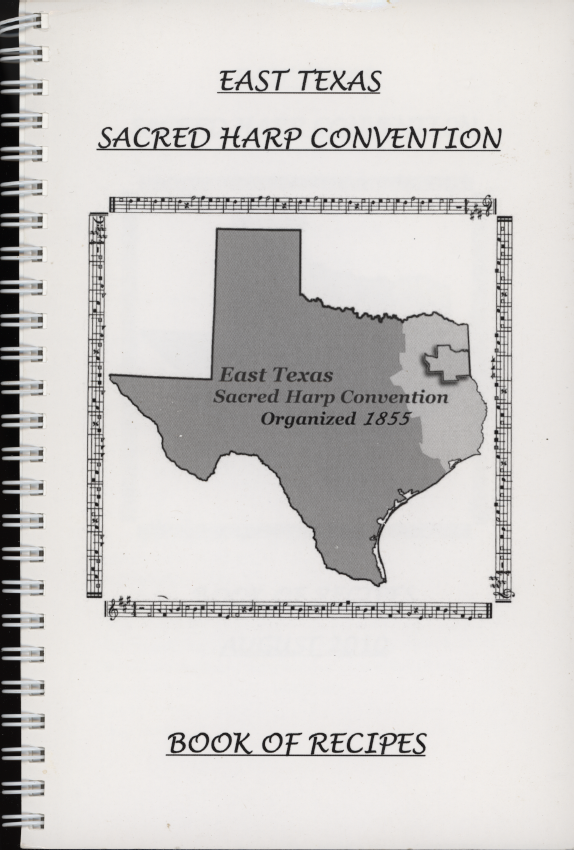The following was published in The Choral Journal, Vol. 10, No. 1 (JULY-AUGUST 1969), p. 8.
Book Review . . .
CHARLES G. BOODY
1248 St. Clair Ave., Apt. 9
St. Paul, Minnesota 55105
WHITE SPIRITUALS IN THE SOUTHERN UPLANDS by George Pullen Jackson. New York: Dover Publications, Inc., 1965 (Original Publication 1933). Paperback, $2.50.
SPIRITUAL FOLKSONGS OF EARLY AMERICA by George Pullen Jackson. New York: Dover Publications, Inc., 1964 (Original Publication 1937). Paperback, $2.00.
THE SOUTHERN HARMONY by William Walker. Edited by Glenn C. Wilcox. Los Angeles: Pro Musicamer icana, 1966 (Reprint of 1854 edition). $6.00.
THE SACRED HARP by B. F. White and E. J. King. Nashville: Broadman Press, 1968 (Reprint of 3rd edition of 1859). $6.50.
One of the choral reviewers for this journal recently wrote that in a new edition of “Early American” choral music several of the works were arranged, and the user would do well to “Check this out”. That reviewer was right. These pieces were largely the melodies of works by early American composers unidiomatically arranged by the editor. This approach to any music is disgusting! Even if all of the readers do not feel this way about such arrangement, they are certain to be curious about the original work, and about the circumstances which surrounded its inception. We are, after all, educating our choirs by our selection of and comments about the music — whether or not that may be our main purpose. The four books examined here discuss or present facsimile reprints of part of our repertory of “early American” choral music, the shape note tune books. The idea of using shaped note heads to represent the syllables first of the old “fa so la fa so la mi” system and later for the more common “do re me . . .” system is entirely an American development. It enjoyed a great vogue at the end of the 18th and beginning of the 19th centuries as an adjunct of the singing school movement. The shape notes were ridiculed and driven out of common usage by the proponents of “European” music who opposed both the musical style of many American compositions and the idea of shaped notation which they termed “buckwheat notes”.
White Spirituals in the Southern Uplands is subtitled “The Story of the Fasola Folk, Their Songs, Singings, and ‘Buckwheat Notes’ “. This extensive study discusses the history of shape notation and its use, the common characteristics of the “Fasola Folk” (as the users of four-shape notation are called), the musical and textual contents of the tune books, sources of the music and texts, changes in the contents of the later books, and differences between the Fasola Folk and the users of the more “modern” seven shape notation. It was the first source and remains a standard source of much of our knowledge of this tradition. Some of Jackson’s work has been criticized for idiosyncratic mode analysis, and for insistence on tracing all aspects of the Negro spiritual back to the “White Spirituals”. This latter point has been thoroughly repudiated since. Despite these shortcomings, the work is still a valuable source of the performance practices and history surrounding part of our first American “musical tradition”.
Spiritual Folksongs of Early America is a collection of 250 tunes and their texts categorized by Jackson. It contains a brief but thorough description of the methods used to collect and classify these tunes, and brief comments about each one. Complete tunes are printed to gether with extensive if not complete texts. This work is probably of more use to the researcher or arranger than to a person wanting to know more about the tradition to which much of this music belongs. The choral settings of the tunes are not given, but indication is made of where they may be found.
The Southern Harmony by “Singin’ Billy” Walker is one of the two most pop ular and enduring of the four-shape tune books. It was such a success that the author proudly appended A.S.H. (Author of the Southern Harmony) to his name. The editor has added a brief listing of errata and an index of first lines to the original book. The errata listing is espec ially important, for it indicates notes of the correct shape which are placed on the wrong position on the staff. The in accurate position will not bother the user of shape notes for he will read the shape, but will certainly confuse those of us who read only the staff position! As was common in these tune books, texts are often set under only one voice of the music, and even then are usually not carefully underlayed. Inevitably only the first verse is underlayed at all. In the fuguing tunes, each voice entrance is given the first word of the text phrase and the singers are left to fit in the re maining text as best they can. In short, this is not music to hand to your choir for sightreading. The texts are all sacred. The music can be classified as anthems, psalms and fuguing tunes from the New England singing school masters, and what Jackson calls “White Spirituals”, the religious music of the revival meet ings and southern protestant churches of that time. The settings are “theorists’ nightmares” in three or four parts, abounding in parallel fifths and octaves, empty fifths at cadences, unresolved dis cords, and rather strange harmonies and progressions. Melodies are often in the tenor line. The settings are quite repre sentative of the American tradition against which Lowell Mason struggled so successfully. Sung in the proper man ner (unaccompanied with men and wo men doubling all parts except the bass) they have a strange yet powerful effect. Alan Lomax described the sound of a “sing” as seventy jackasses braying to gether, but this need not be the case if the performers do not adopt the clenched throat approach to singing affected by most participants in these sings.
The Sacred Harp is the second facsimile edition of this music. Like The Southern Harmony it is an extremely popular and enduring collection. Its musical contents are similar in all respects to that of The Southern Harmony. In addition to the index of first lines, the editors have graciously added a reprint of Jackson’s little book The Story of the Sacred Harp to this edition. A “post script” to this book carries forward the story of this amazing tradition to 1967, and lists 370 singings totalling 403 days as scheduled to take place in 1967. The tradition continues on, though even those who had studied it carefully felt it was destined to die. Unfortunately this reprint does not contain a listing of errata and so must be used with care. No choir director would want to perform only this music, but none should overlook it as a source for an occasional piece, and as an historically important part of our first truly “American” choral music. The reviewer has found the settings of Wondrous Love and The Babe of Bethlehem useful in both church and educational situations. Until some publisher is willing to make available responsible editions of selected works from this repertoire, these facsimile editions will be our only readily available source of this music. After the choral editions become available these reprints will re main useful as a source of further works and a means of “checking” the published edition. We must thank these publishers for making them available at such a reasonable



